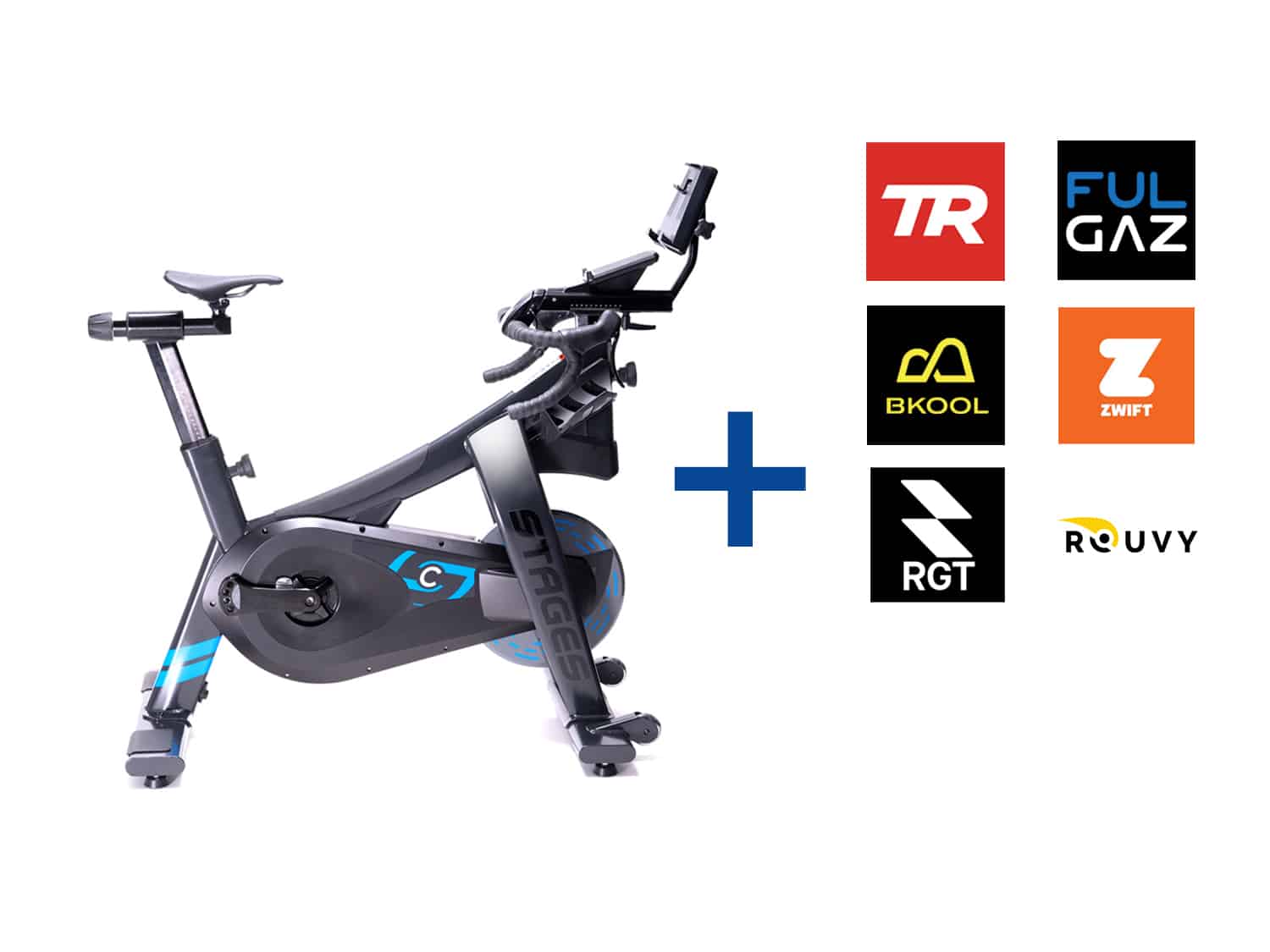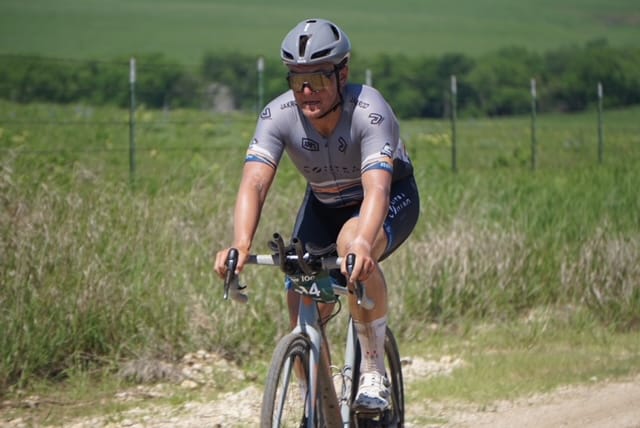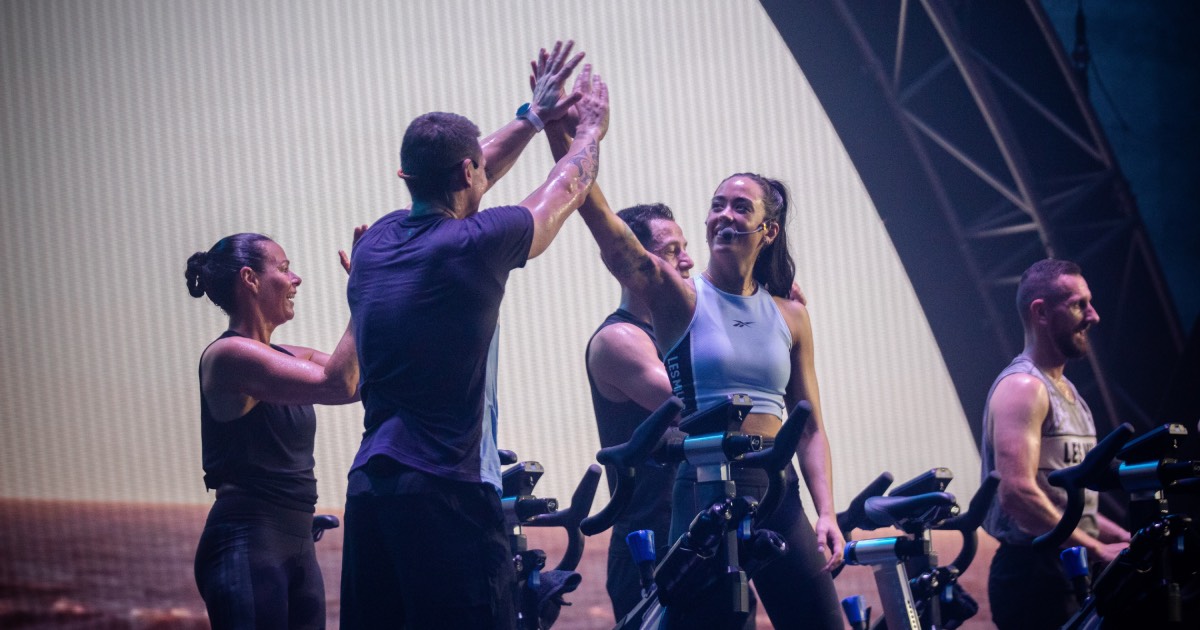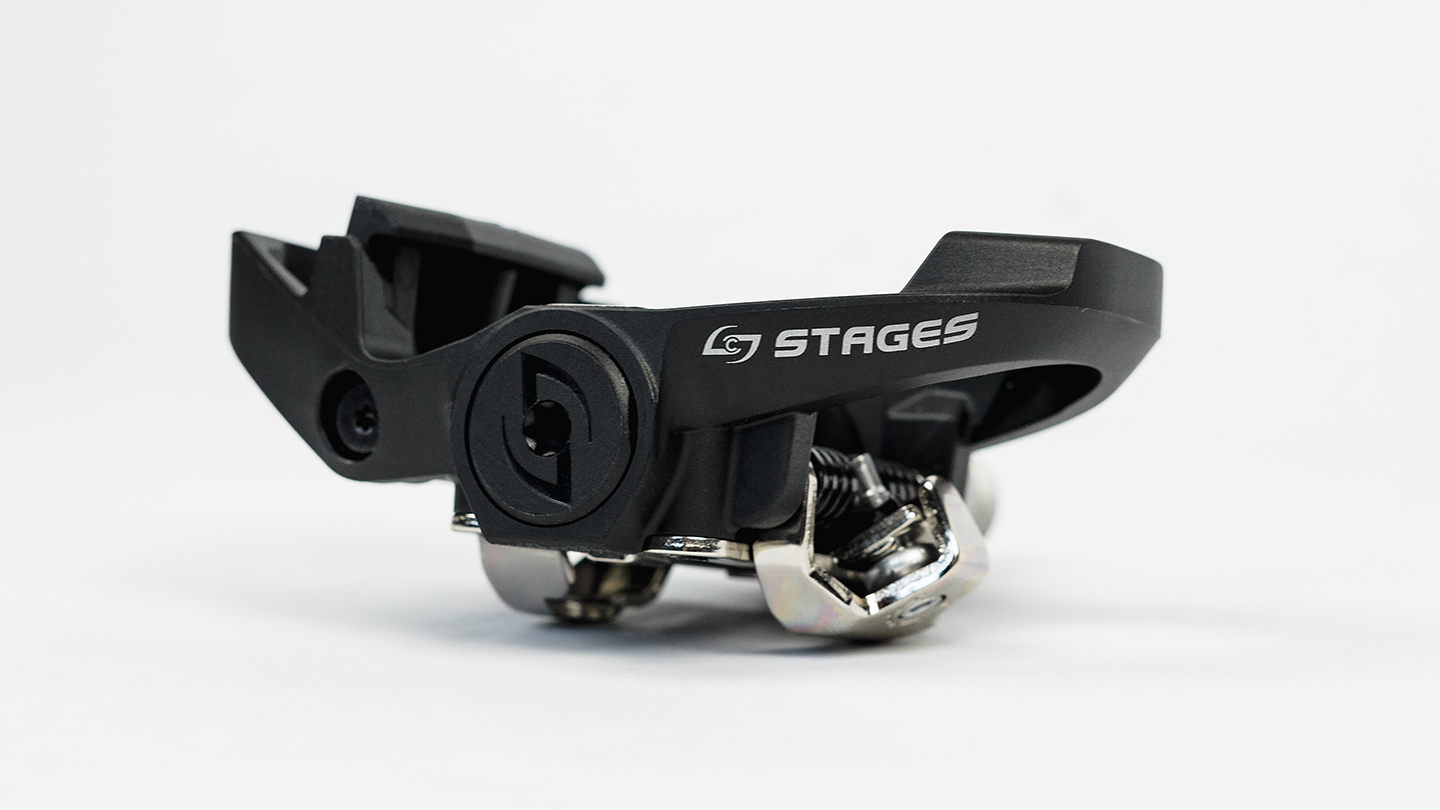Understanding Power to Weight
- By Kate Hector
- Published: Jun 2, 2021
- Last Updated: Aug 22, 2022
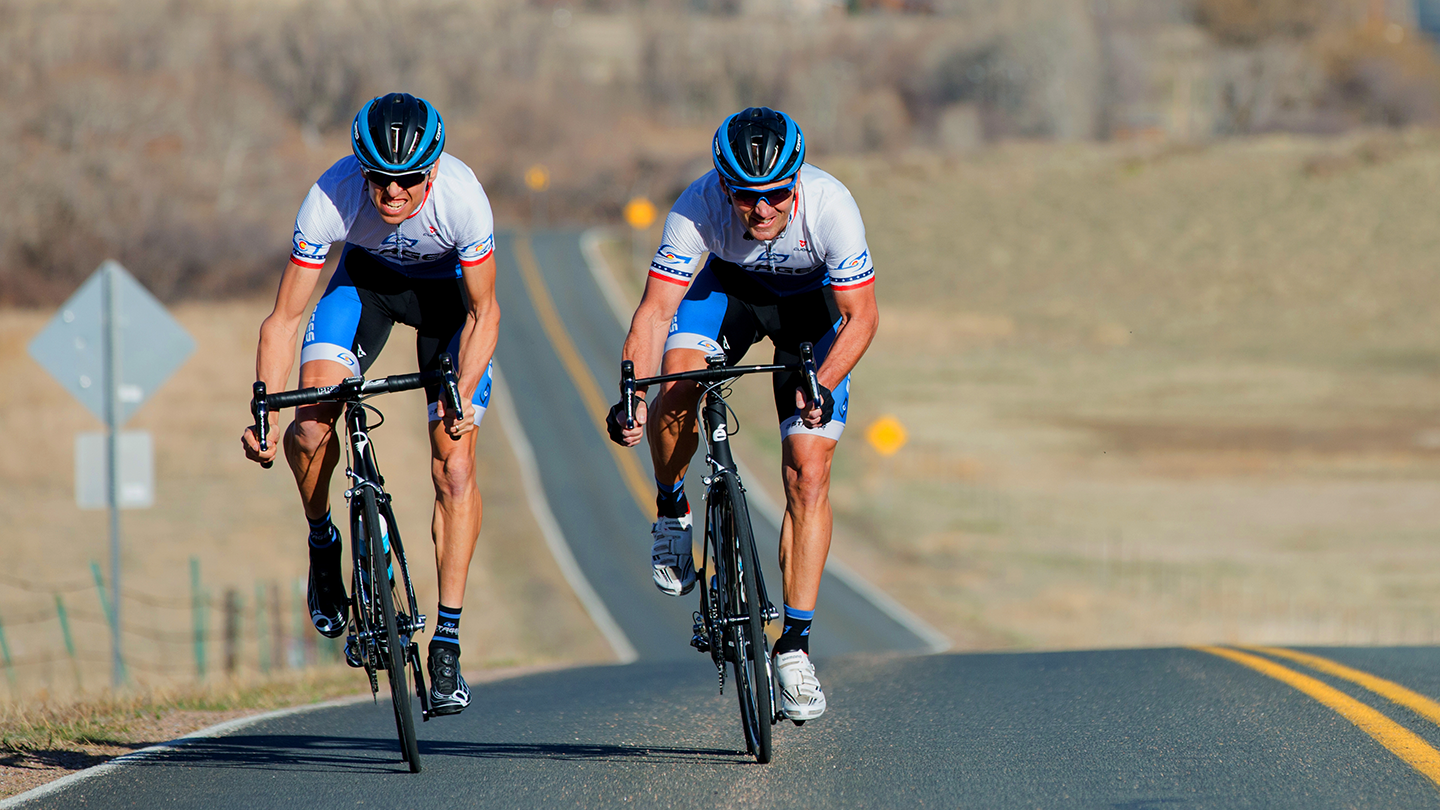
WHY IS RIDING A BIKE SO DIFFICULT?
(A SUMMARY OF THE FORCES RESISTING MOVING A BICYCLE FORWARD VIRTUALLY AND IN REAL LIFE AND WHY BODY WEIGHT MATTERS).
There are many factors whose resistance you have to overcome when pedaling a bicycle outdoors: Aerodynamic drag, gravity, rolling resistance (from the tires and innertubes on the riding surface), and mechanical resistance of the drivetrain (chainrings, chain, rear cassette, and rear derailleur pully wheels). Fortunately, Stages makes all the tools you need: Stages Dash, Stages Power Meters, and the StagesBike SB20 Smart Bike will all have you well on your way to improving cycling performance and tracking your progress every step of the way.
The contributing percentage of how much resistance each opposing force makes up changes with speed, road surface, and terrain. For example, the faster you are going (over 25kph or 15mph), the more aerodynamic drag is contributing to the overall resistance against your bicycle. In fact, when riding at about 50kph or 30mph, approximately 90% of a cyclist’s energy is combating aerodynamic drag. Further, due to the fluidity of airflow against a cyclist, doubling your speed from 32kph (20mph) to 64kph (40mph) cubes the wind resistance to make it 8x higher.
Conversely, at slower speeds, rolling resistance will be higher, in terms of percentage of overall resistance against the bike rolling forward.
Mechanical resistance in the drivetrain, (hubs, chain, pedals, bottom bracket, derailleur pullies, etc.) is quite low, with a loss of approximately 5%. This means that 95% of the energy put into the pedals makes it to the rear wheel to drive the bike forward and 5% is lost through mechanical resistance.
In many events, whether virtually or In Real Life (IRL), how you perform on the climbs will have a direct correlation to how successfully you perform in the event overall. To determine how well you can perform on a climb, we have to “normalize” the amount of work that one can perform relative to the forces they have to overcome. For example, all other things being equal (i.e. rolling resistance and aerodynamics), a heavier rider will have to produce more power to go the same speed as a lighter rider on the same climb. I think we understand this intuitively but, how much of a difference does mass make when making these comparisons? For the sake of demonstration, I would like to introduce you to two of my training partners here in Boulder, Colorado.
On the left we have my friend, Andy. On the right is Pat.
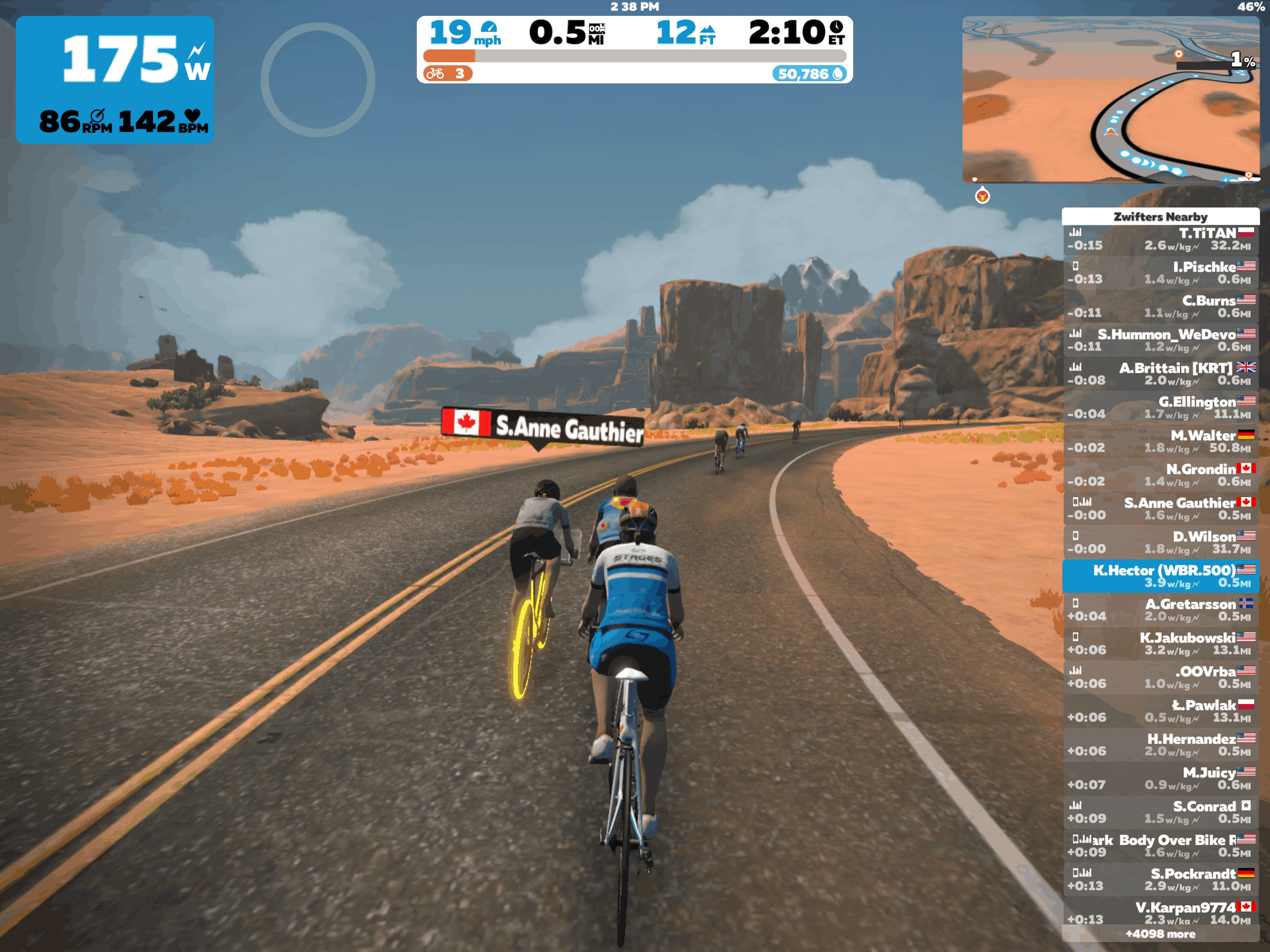

In the How to FTP Test article we discussed testing for threshold power. Andy and Pat, the committed and good-training lot that they are, recently performed a 20-minute threshold estimation test. Andy’s test results were impressive, netting an estimated FTP of 320 watts. Pat was even more impressive with an estimated threshold power of 345 watts. However, only when we compare the work they can accomplish with the forces they individually have to overcome (specifically their mass vs. gravity) do we get true insight into “who is stronger” or more likely to succeed on a climb.
Andy weighs in at 19.5 kg (approximately 153 lbs.) and Pat tips the scales at 81.4kg (about 180 lbs.). To deduce which cyclist will go faster, we divide their threshold power by their body mass.
Pat: 345w / 81.4kg = 4.2w/kg.
Andy: 320w / 69.5kg = 4.6w/kg
You should notice that though Pat is producing more power at threshold, Andy is producing more power relative to his mass.
WHAT DO ZWIFT CATEGORIES MEAN?
Those of you that are participating in indoor races, particularly on Zwift, will have seen that race categories are delineated, not by race results like IRL but rather, based on historical w/kg performances over 20m. Specifically, the race categories are:
A = >4.0 w/kg
B = 3.2 – 3.9 w/kg
C = 2.5 – 3.1 w/kg
D = <2.4 w/kg
Having a profile on Zwift requires entering your body weight and height. It’s understood (and hoped) that everyone enters their body metrics correctly. In fact, to race in some A category and “professional” races and leagues participants are subject to submitting to a Zwift height and weight verification process. For new users, Zwift does afford participants the opportunity to “self select” which race category you participate in but, if you have an extraordinary performance relative to the selected category (e.g., finishing a 40 minute “C” race with an average power of 4.0 w/kg) you will be disqualified from the results and reminded to upgrade your category. Zwift’s sister website, www.zwiftpower.com maintains records for riders and tabulates results. After three race finishes, riders will be automatically assigned a category. Zwift will estimate a rider’s FTP (and category) based on the three best 20m performances over the past 90 days and assign a category according to the chart above.
In virtual racing there is no algorithm to account for wind, though I’m sure that’s not too far off in the development path. There is an estimation for aerodynamic drag (at least on Zwift) based on a rider’s height, and the bike/wheels they choose to ride. However, unlike IRL, there is no opportunity to ride in an echelon or to benefit from superior handling skills while descending or cornering. The selective parts of virtual races are on the climbs. Therefore, having a high power-to-weight ratio is important to success.
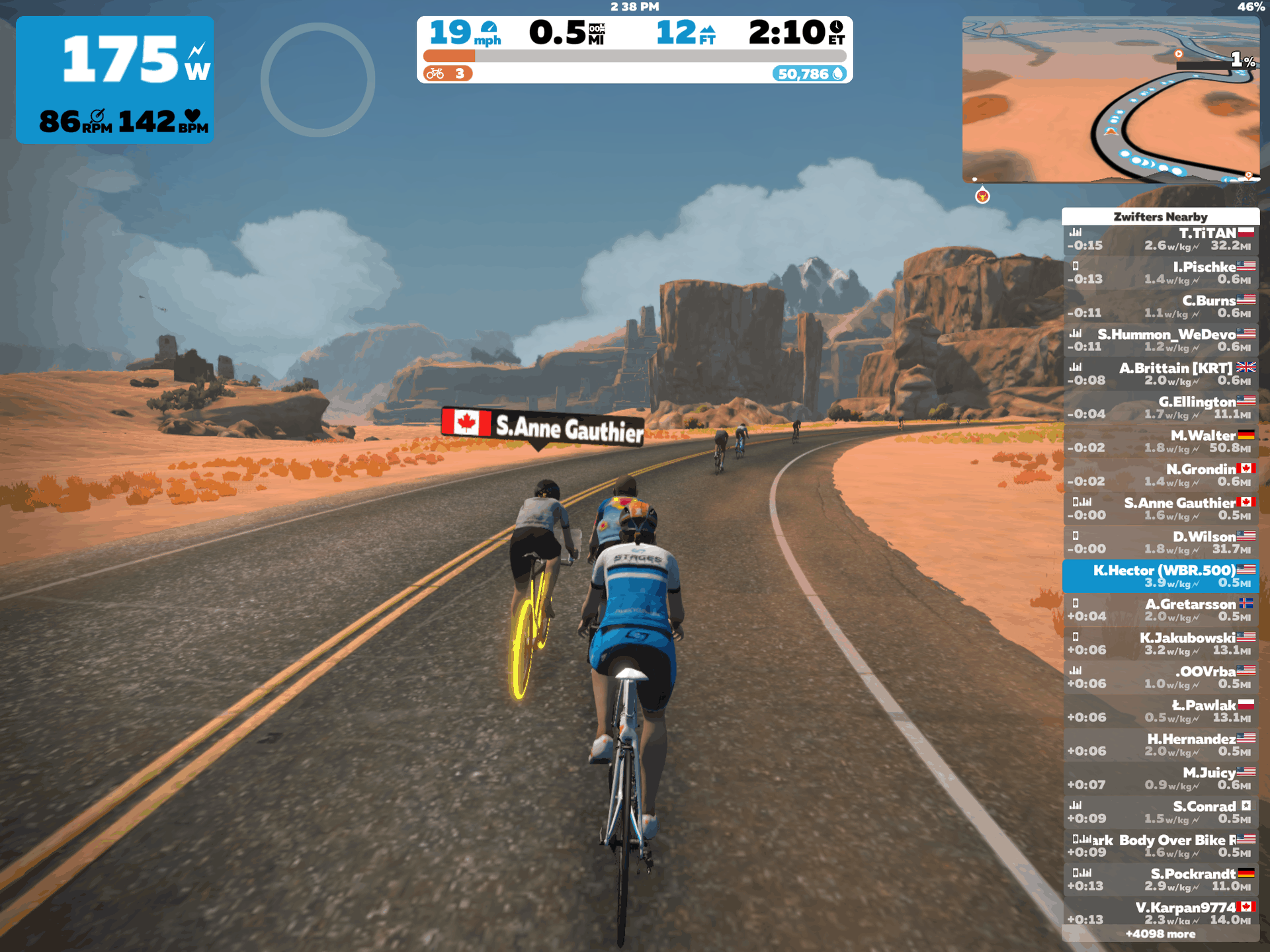

Charting your mean maximal power in w/kg can also help you determine your strengths and weaknesses. Several years ago, Dr. Andy Coggan, co-author of Training and Racing with a Power Meter, created the Power Profile Chart. This chart provides qualitative descriptors for mean maximal power values associated with a variety of time periods that loosely correspond with different relevant energy systems for cycling performance.
Below I have manually filled in a Power Profile Chart from one athlete’s data, to demonstrate a couple points.
- How this athlete progressed over multiple years.
- Where this athlete’s strengths and weaknesses lie.
For each year’s data set, I have pulled out this athlete’s absolute best performances for the entire year. In the first column, you will see that their highest 5s power average in 2018 was 15.61 w/kg. In the same year, his best 1m average power, for the entire year, was 6.56 w/kg, 4.6 w/kg for 5m, and 4.0 w/kg for threshold power. I did the same exercise for his data three years later and you can see that for each time span, his mean maximal power for the year was 18.06 w/kg, 8.05 w/kg, 5.12 w/kg, and 4.27 w/kg across the four different time spans of 5s, 1m, 5m, and FTP. This reveals a couple things:
1. Year on year, or at least over these three years, this athlete has improved across all time spans and presumably with regards to the associated energy systems.
2. This athlete is “very good” when it comes to neuromuscular power (5s), VO2 power (5m), and FTP. Clearly, in relative terms, he is lagging a bit when it comes to anaerobic power (1m). This might be important to address in training if this athlete’s goals require a higher production of power for 1m. Most mass start cycling events require a fairly developed ability to produce power for short time spans but only specialized events (think 1km time trial on the velodrome), require “excellent” or above, anaerobic power production.
One other point that bears mentioning is that inherent in the w/kg calculation are both mean maximal power production and body mass. An athlete can improve their power profile (and w/kg) values by increasing the amount of work they are capable of doing for a given time duration (through proper training), by reducing their body mass (as demonstrated by Andy and Pat) or finally, through a combination of the two. The good news for most athletes that are new to training for cycling is that building power tends to result in losing some body mass. It’s not uncommon for someone that is in their infancy with regards to training regularly, to see the dividend increase (power in watts) and the divisor decrease (mass in kg.).
One of my first exercises when starting with a new athlete that has historical power data is to create a career best power profile as well as a power profile that covers that last season of racing/training. You can see this after each ride in the Stages Link app when you record your rides with Dash. This gives me great insight into where the athlete’s recent performances lie relative to their career-best performances. Further, it might provide some insight into what “type” of athlete he or she may be. E.g., when plotting their mean maximal power in the chart above, they may have a profile signature that slopes upward from left-to-right. If this is the case, and their 5s mean maximal power falls in the “Fair” range, their 1m mean maximal power falls in the “Fair to Moderate” range, their 5m power gets a “Very Good” Classification and their Threshold Power is equal to, or higher than their 5m power, they are most likely a strong time trial or “steady state” rider. Their training and competition probably includes some longer, steady rides, consistent with a triathlete, gran fondo rider, or a time trialist. One caveat is that to create an accurate power profile for an athlete, the data that feeds the chart must be maximal efforts. It’s possible to get a skewed rider type signature if, for example, the rider has never done a full gas, 100% maximal effort for 1 minute. The Power Profile assumes that the values entered and charted are Maximal. In addition to the FTP testing mentioned in the How to FTP test article, periodically I will assign a bout of power profile testing that includes 5s, 1m, and 5m tests.
Among the many great features of the Stages Dash computer is the ability to display the rider’s current workload not just in the form of power (watts) but also in w/kg. Seeing your w/kg in real time will assist you in defining where your work load is relative to your desired ability, particularly when armed with the information that an accurate power profile provides.
While there are several forces against which we are working while riding a bike, the most noteworthy, in real life, and virtually is gravity. Decreasing our mass and increasing our ability to produce power will give us a great chance for success. Further, we can use a power profile to chart progress as well as highlight and note strengths and weaknesses.











